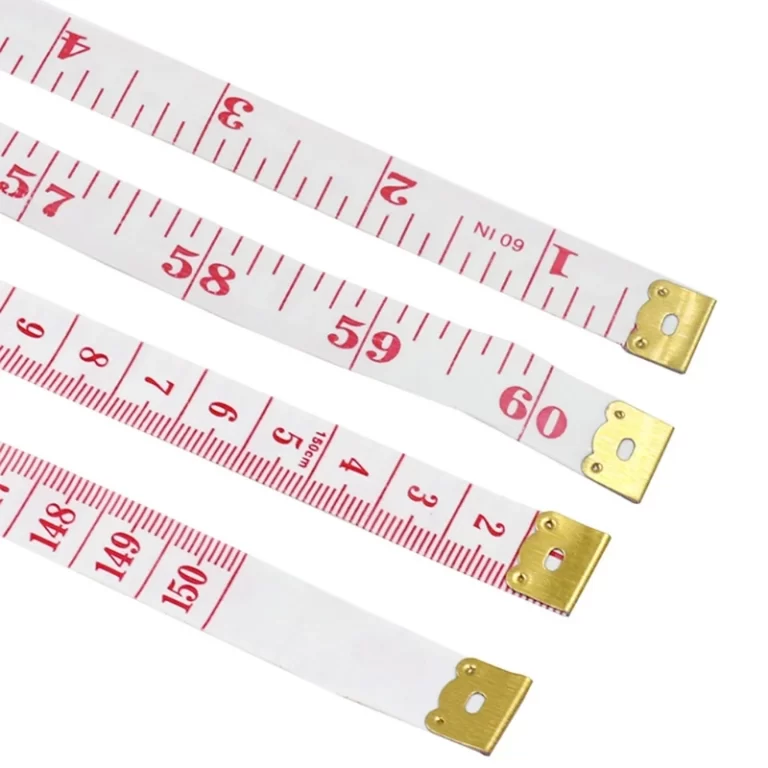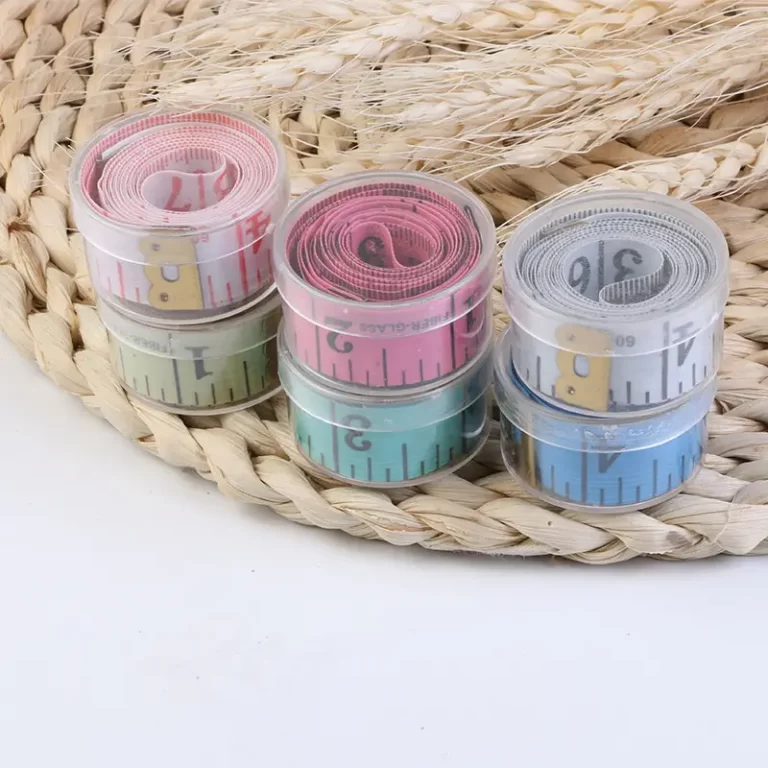
Fun Tape Measure Quiz: Master Measuring Techniques Today!
Whether you’re a DIY enthusiast, a professional builder, or someone who simply enjoys tackling home projects, mastering the use of a tape measure is essential. Understanding centimeters on a tape measure is a fundamental skill that ensures precision and accuracy in your measurements. To help you enhance your measuring abilities, this article presents a comprehensive tape measure quiz. By engaging with these questions, you’ll test your current knowledge, identify areas for improvement, and ultimately become a pro at using a tape measure effectively.
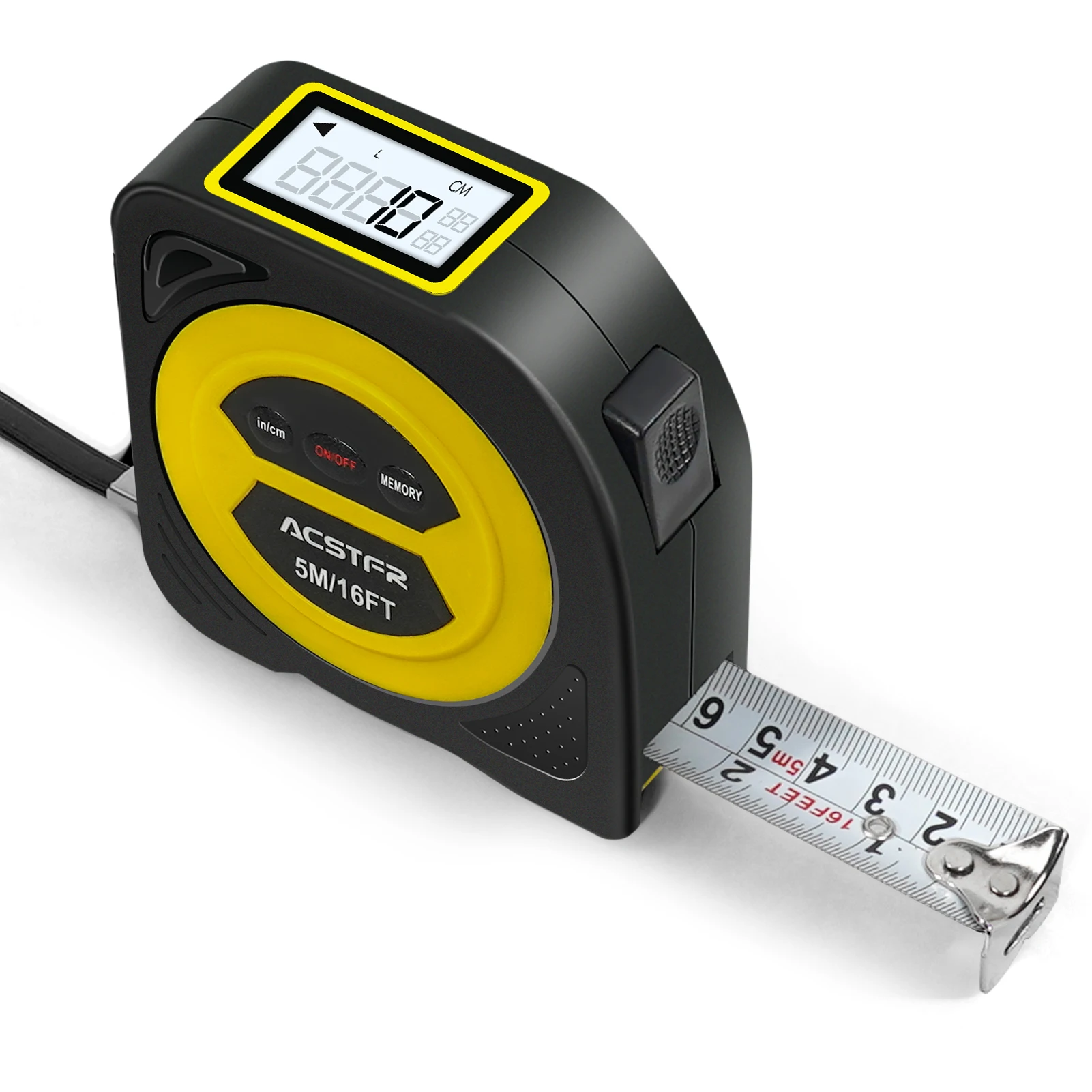 Why Mastering Centimeters on a Tape Measure Matters
Why Mastering Centimeters on a Tape Measure Matters
Before diving into the tape measure quiz, it’s important to understand why accurately reading centimeters on a tape measure is crucial. Precise measurements prevent costly mistakes, ensure that materials fit correctly, and contribute to the overall quality of your projects. Whether you’re measuring fabric for sewing, cutting wood for carpentry, or fitting cabinetry in a renovation, knowing how to read centimeters accurately can make a significant difference in the outcome of your work.
The Importance of Metric Measurements
Metric measurements, particularly centimeters, are widely used in various industries due to their simplicity and universal standardization. Centimeters provide a fine level of detail, allowing for more accurate measurements compared to larger units like meters. This precision is especially important in tasks that require meticulous attention to detail, such as crafting intricate designs or fitting components in tight spaces.
Enhancing Precision with Centimeters and Millimeters
Each centimeter on a tape measure is subdivided into millimeters, with one centimeter equaling ten millimeters. This subdivision allows for even finer measurements, which can be crucial in applications where slight differences can impact the final product. By mastering both centimeters and millimeters, you can achieve a higher level of precision in your measurements, ensuring that your projects are both accurate and professional.
Tape Measure Basics Quiz
Let’s start with some fundamental questions to assess your basic understanding of using a tape measure, specifically focusing on centimeters.
Question 1: Identifying Centimeter Marks
Which of the following best describes how to identify a centimeter mark on a standard tape measure?
A) The shortest lines with no numbers.
B) The longest lines with numbers indicating each centimeter.
C) The medium-length lines between inch marks.
D) The marks highlighted with a different color.
Answer:
B) The longest lines with numbers indicating each centimeter.
Explanation:
Centimeter marks on a tape measure are typically denoted by the longest lines accompanied by numbers that indicate each centimeter. These marks are spaced evenly and are easily distinguishable from smaller millimeter marks. Identifying these can help you quickly and accurately read measurements in centimeters.
Question 2: Converting Centimeters to Millimeters
How many millimeters are there in 5 centimeters?
A) 50 millimeters
B) 5 millimeters
C) 500 millimeters
D) 0.5 millimeters
Answer:
A) 50 millimeters
Explanation:
There are 10 millimeters in 1 centimeter. Therefore, to convert centimeters to millimeters, you multiply by 10. So, 5 centimeters equals 50 millimeters.
Question 3: Measuring Objects with Centimeters
You need to measure the length of a table that is 120 centimeters long. How would you record this measurement on your tape measure?
A) 1.20 meters
B) 120 millimeters
C) 12 meters
D) 120 centimeters
Answer:
D) 120 centimeters
Explanation:
When measuring an object’s length, it’s most straightforward to record the measurement in the same unit used by the tape measure. Since the tape measure is marked in centimeters, you would record the table’s length as 120 centimeters.
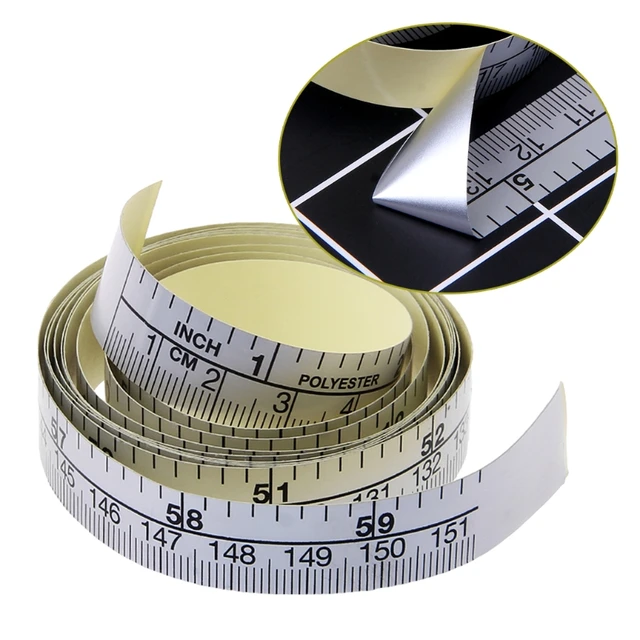 Intermediate Tape Measure Quiz
Intermediate Tape Measure Quiz
Now, let’s move on to some intermediate questions that involve converting between different units and applying measurement skills in practical scenarios.
Question 4: Converting Centimeters to Inches
If an object measures 30 centimeters, what is its approximate length in inches? (Note: 1 centimeter ≈ 0.39 inches)
A) 11.81 inches
B) 7.5 inches
C) 30 inches
D) 13.89 inches
Answer:
A) 11.81 inches
Explanation:
To convert centimeters to inches, multiply the length in centimeters by 0.39. Therefore, 30 cm × 0.39 ≈ 11.81 inches.
Question 5: Reading Mixed Measurements
A wood plank measures 245 millimeters. How would you express this measurement in centimeters and millimeters?
A) 24 centimeters and 5 millimeters
B) 24.5 centimeters
C) 2.45 centimeters
D) 245 centimeters
Answer:
A) 24 centimeters and 5 millimeters
Explanation:
Since 1 centimeter equals 10 millimeters, 245 millimeters can be divided into 24 centimeters (240 millimeters) and the remaining 5 millimeters.
Question 6: Practical Measurement Application
You’re planning to install a shelf that’s 75 centimeters long. To ensure accuracy, how many millimeters should you measure beyond 75 centimeters to allow for adjustments?
A) 75 millimeters
B) 10 millimeters
C) 5 millimeters
D) 0 millimeters
Answer:
C) 5 millimeters
Explanation:
Allowing a small margin for adjustments is a common practice in measurements. Adding 5 millimeters to the 75 centimeters ensures there is enough flexibility to make precise adjustments during installation.
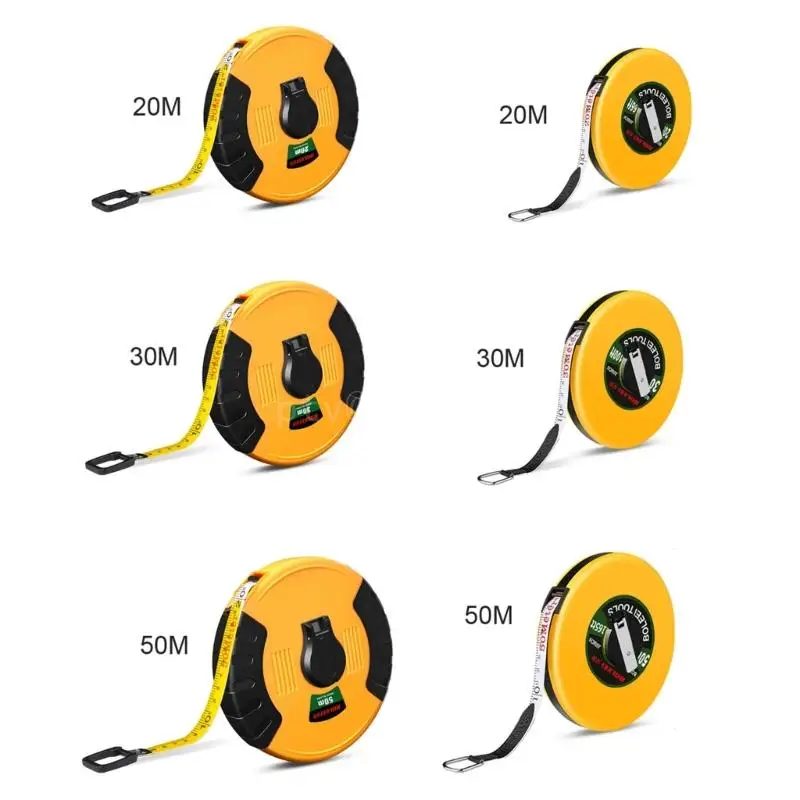 Advanced Tape Measure Quiz
Advanced Tape Measure Quiz
For those who are more comfortable with tape measures and want to challenge their skills further, here are some advanced questions that involve complex scenarios and application of measurement principles.
Question 7: Measuring Angles with Centimeters
You need to measure the diagonal of a right-angled triangle where the two perpendicular sides are 30 centimeters and 40 centimeters. What is the length of the diagonal? (Use the Pythagorean theorem: a² + b² = c²)
A) 50 centimeters
B) 70 centimeters
C) 100 centimeters
D) 10 centimeters
Answer:
A) 50 centimeters
Explanation:
Using the Pythagorean theorem:
30² + 40² = 900 + 1600 = 2500
√2500 = 50 centimeters
The diagonal (hypotenuse) is 50 centimeters.
Question 8: Large-Scale Measurements
You’re measuring the length of a wall that requires a tape measure longer than 5 meters. If your tape measure only reads up to 3 meters, how can you accurately measure the entire length using centimeters on a tape measure?
A) Use a shorter tape measure and estimate the rest.
B) Mark the starting point, measure in segments, and add the measurements together.
C) Use the 3-meter tape measure to measure the entire length multiple times.
D) Convert centimeters to millimeters for more accuracy.
Answer:
B) Mark the starting point, measure in segments, and add the measurements together.
Explanation:
When dealing with measurements longer than your tape measure’s maximum length, mark the starting point and measure in segments. For example, measure the first 3 meters, then mark that point and measure the next segment, continuing until the entire length is measured. Add all the segment measurements together to get the total length.
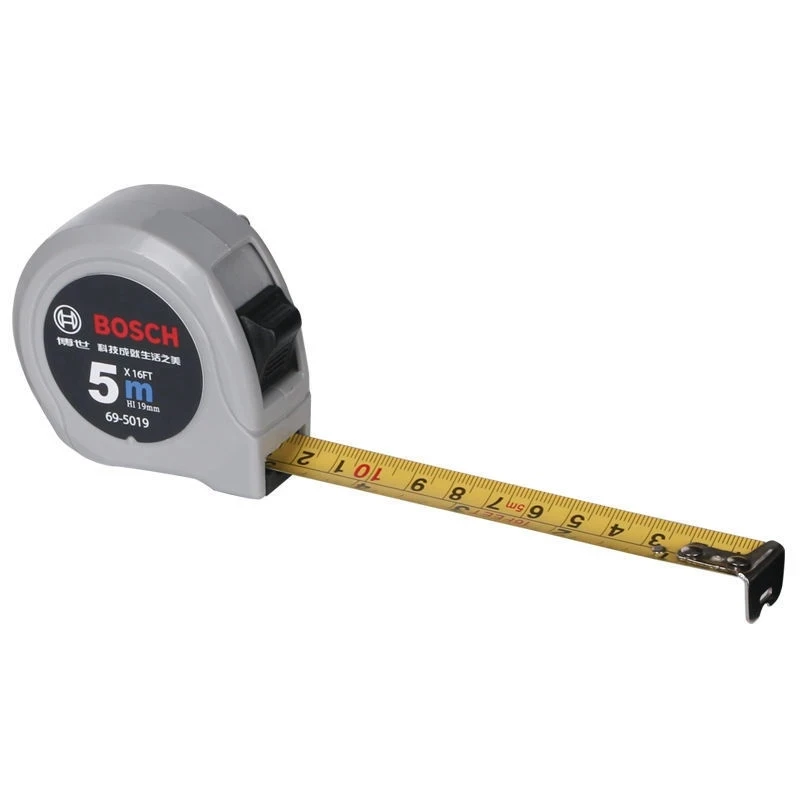 Question 9: Estimating Fabric Needs
Question 9: Estimating Fabric Needs
You’re sewing a dress that requires 150 centimeters of fabric for the main body and 75 centimeters for the sleeves. How much fabric do you need in total, and how would you measure it using centimeters on a tape measure?
A) 225 centimeters; measure each part separately and add them together.
B) 225 centimeters; measure the entire fabric in one go.
C) 75 centimeters; because one measurement is enough.
D) 150 centimeters; only measure the main body.
Answer:
A) 225 centimeters; measure each part separately and add them together.
Explanation:
To find the total fabric needed, add the lengths required for each part: 150 cm (main body) + 75 cm (sleeves) = 225 centimeters. Measure each part separately with your tape measure and then sum the measurements to ensure you have enough fabric.
Practical Measurement Error Identification
Understanding common measurement errors can help you avoid mistakes in your projects. Let’s explore some scenarios where measurement errors might occur and how to identify and correct them.
Question 10: Misreading the Zero Point
You start measuring from the first centimeter mark instead of the zero mark on the tape measure. If you measure a 50-centimeter object this way, what is the actual length of the object?
A) 50 centimeters
B) 49 centimeters
C) 51 centimeters
D) 0 centimeters
Answer:
B) 49 centimeters
Explanation:
Starting from the first centimeter instead of zero means you are effectively measuring one centimeter less. Therefore, the actual length is 50 cm – 1 cm = 49 centimeters.
Question 11: Tape Buckling
While measuring a curved surface, the tape measure buckles, causing the measurement to show 20 centimeters instead of the actual 22 centimeters. What should you do to get an accurate measurement?
A) Accept the incorrect measurement.
B) Use a straight edge to guide the tape measure and prevent buckling.
C) Increase the measurement by 2 centimeters.
D) Switch to an imperial tape measure.
Answer:
B) Use a straight edge to guide the tape measure and prevent buckling.
Explanation:
To prevent the tape from buckling and ensure an accurate measurement, use a straight edge or support the tape measure properly along the curved surface. This helps maintain the correct tension and alignment of the tape, providing a more precise measurement.
Question 12: Reading at an Angle
When reading a tape measure at an angle, you note the measurement as 30 centimeters. However, the tape is at a 45-degree angle to the object. What is the actual horizontal measurement of the object? (Use trigonometry: Actual horizontal = Measured length × cos(angle))
A) 21 centimeters
B) 30 centimeters
C) 42.43 centimeters
D) 15 centimeters
Answer:
A) 21 centimeters
Explanation:
Using the formula: Actual horizontal = Measured length × cos(angle)
Here, cos(45°) ≈ 0.7071
Actual horizontal = 30 cm × 0.7071 ≈ 21.21 centimeters
Rounding down, the actual horizontal measurement is approximately 21 centimeters.
Enhancing Your Measurement Skills
Improving your ability to read and use centimeters on a tape measure accurately requires practice and understanding of common measurement principles. Here are some tips to help you enhance your skills.
Practice Regularly with Different Objects
Consistently practicing measurements with various objects helps you become more familiar with how to read centimeters on a tape measure accurately. Start with simple objects and gradually move to more complex shapes and sizes. This regular practice builds your confidence and precision.
Double-Check Measurements
Always double-check your measurements to ensure accuracy. Measuring the same object twice or using a second tape measure can help identify any discrepancies and prevent errors in your projects.
Use Proper Tape Measure Techniques
Holding the tape measure correctly and keeping it straight are crucial for accurate measurements. Make sure the tape is fully extended and aligned with the object you’re measuring. Avoid bending or twisting the tape, as this can distort the measurement.
Familiarize Yourself with Tape Measure Features
Modern tape measures come with various features such as angle markings, locking mechanisms, and both metric and imperial units. Familiarize yourself with these features to utilize the tape measure more effectively and enhance your measurement accuracy.
Advanced Measurement Techniques
For those who want to take their measuring skills to the next level, advanced techniques can provide greater accuracy and efficiency in complex projects.
Measuring Angles Accurately
When dealing with angles, using tools like protractors in conjunction with your tape measure can help achieve precise measurements. Understanding basic trigonometry can also aid in calculating lengths and distances accurately.
Using a Level for Straight Measurements
In projects that require perfectly straight lines, such as installing shelves or framing, using a level in combination with your tape measure ensures that your measurements are not only accurate but also aligned correctly.
Calculating Areas and Volumes
Beyond linear measurements, calculating areas and volumes is essential in many projects. Knowing how to use centimeters on a tape measure to determine the area and volume of objects can help in tasks like estimating material needs and ensuring proper fit.
Common Measurement Mistakes and How to Avoid Them
Even experienced users can make mistakes while measuring. Recognizing and avoiding these common errors ensures your measurements remain accurate.
Starting Measurement at the Wrong Point
Always ensure that your measurement starts at the zero mark of the tape measure. Starting from a different point can lead to significant errors, especially in larger projects.
Not Keeping the Tape Measure Straight
A bent or twisted tape can distort the measurement. Always keep the tape measure straight and taut to ensure the measurement is accurate.
Failing to Account for Tape Thickness
Remember to account for the thickness of the tape itself when measuring from the zero mark. This is particularly important when precise measurements are crucial.
Ignoring the Locking Mechanism
Many tape measures have a locking feature that keeps the tape in place. Ignoring this feature can cause the tape to retract unexpectedly, leading to inaccurate measurements.
 Practical Application Scenarios
Practical Application Scenarios
Applying your measurement skills in real-life scenarios reinforces your understanding and ensures that your knowledge is practical and useful.
Building Furniture
When building furniture, precise measurements are essential. Use centimeters on a tape measure to determine the exact lengths of wood pieces, ensuring that all components fit together seamlessly.
Sewing and Tailoring
In sewing, accurate measurements ensure that garments fit properly. Measure fabric and patterns carefully using centimeters to create well-fitted clothes and other textile projects.
Home Renovation
Home renovation projects, such as installing cabinets or laying flooring, require meticulous measurements. Utilize centimeters on a tape measure to ensure that installations are level and proportionate, enhancing the overall aesthetic and functionality of your space.
Landscaping Projects
Accurate measurements are also important in landscaping. Whether you’re laying out garden beds or installing pathways, precise measurements ensure that your outdoor projects are both beautiful and functional.
Conclusion: Tape Measure Quiz
Mastering the centimeters on a tape measure is a crucial skill for anyone involved in projects that require precision and accuracy. Through this comprehensive tape measure quiz, you’ve tested your measuring skills, identified areas for improvement, and learned valuable tips to enhance your proficiency. Whether you’re building, sewing, renovating, or engaging in any other detailed project, the ability to accurately read and apply centimeters on a tape measure ensures that your work meets the highest standards of quality and reliability. Continue practicing and applying these principles, and you’ll undoubtedly become a pro at using your tape measure with confidence and precision.
